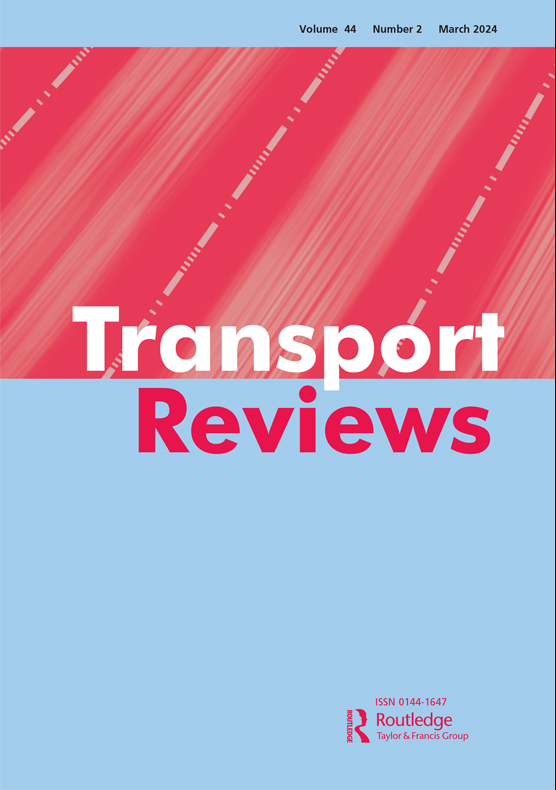A scoping review of the design and characteristics of e-bike financial incentives
IF 9.9
1区 工程技术
Q1 TRANSPORTATION
引用次数: 0
Abstract
E-bikes are recognised as a sustainable mode of transportation with an unmet potential for widespread adoption. However, despite a decade of global implementation, research gaps persist regarding the design and characteristics of incentive programmes for e-bikes and their effectiveness. This review examines different design elements of implemented financial incentive programmes for e-bike uptake in OECD countries. The findings reveal three main components common to these schemes: (1) target cohort, with the majority of programmes focusing on the local population; (2) eligible e-bike types, with regular e-bikes being the most frequently chosen; and (3) financial incentive structures aimed at maximising uptake among the target cohort, with post-purchase rebates being the most prevalent. Another significant aspect identified was the allocation process, predominantly following a “first come, first served” structure. Very few (n = 4) studies included in this review assessed the effectiveness of financial incentives to purchase an e-bike. The variety of designs in these schemes, coupled with a lack of effectiveness assessments and limited evidence, highlights challenges in determining optimal transport policies. In addition to highlighting the knowledge and research gaps, this review synthesises global insights on design elements of financial incentive schemes to boost e-bike uptake, providing a guide of available components of such schemes for programme administrators in designing executive programmes.
电动自行车财政激励的设计和特点的范围审查
电动自行车被认为是一种可持续的交通方式,其广泛采用的潜力尚未得到满足。然而,尽管全球实施了十年,但关于电动自行车激励计划的设计和特征及其有效性的研究差距仍然存在。本综述考察了经合组织国家实施的电动自行车财政激励计划的不同设计要素。研究结果揭示了这些计划的三个主要组成部分:(1)目标群体,大多数计划侧重于当地人口;(2)符合条件的电动自行车类型,选择普通电动自行车的频率最高;(3)财政激励结构,旨在最大限度地提高目标群体的接受度,其中最普遍的是购后回扣。确定的另一个重要方面是分配过程,主要遵循“先到先得”的结构。本综述中包含的很少(n = 4)研究评估了购买电动自行车的经济激励的有效性。这些方案中设计的多样性,加上缺乏有效性评估和有限的证据,突出了确定最佳运输政策的挑战。除了强调知识和研究差距之外,本综述还综合了全球对促进电动自行车普及的财政激励计划设计要素的见解,为计划管理人员设计执行计划提供了此类计划的可用组成部分的指南。
本文章由计算机程序翻译,如有差异,请以英文原文为准。
求助全文
约1分钟内获得全文
求助全文
来源期刊

Transport Reviews
TRANSPORTATION-
CiteScore
17.70
自引率
1.00%
发文量
32
期刊介绍:
Transport Reviews is an international journal that comprehensively covers all aspects of transportation. It offers authoritative and current research-based reviews on transportation-related topics, catering to a knowledgeable audience while also being accessible to a wide readership.
Encouraging submissions from diverse disciplinary perspectives such as economics and engineering, as well as various subject areas like social issues and the environment, Transport Reviews welcomes contributions employing different methodological approaches, including modeling, qualitative methods, or mixed-methods. The reviews typically introduce new methodologies, analyses, innovative viewpoints, and original data, although they are not limited to research-based content.
 求助内容:
求助内容: 应助结果提醒方式:
应助结果提醒方式:


